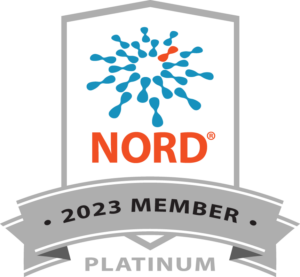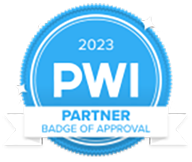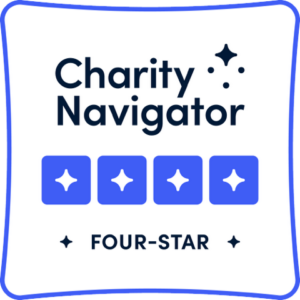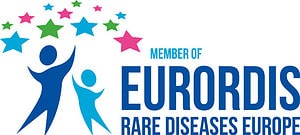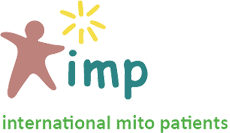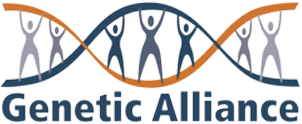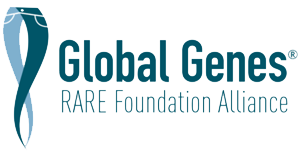Social media can be a tremendous source of support for families dealing with mitochondrialRelated to the mitochondria. disease and other rare disorders. Many parents participate in Facebook groups and email listservs as well as maintain CaringBridge, CarePages or other personal websites documenting their child’s medical journey.
Unfortunately, child protection teams at hospitals around the country have started to pull examples of “attention-seeking behavior” from a family’s online presence.
Child protection teams now routinely turn to social media, online support groups or family blogs for evidence against family members in Medical Child Abuse cases. Sadly, well-meaning CaringBridge, CarePages and personal websites have been used against families (sometimes out of context), and Facebook posts are routinely examined as well. Even programs meant to be as supportive as Make-A-Wish and Beads of Courage have been used against families in Medical Child Abuse cases.
Be especially careful with Facebook; even if a Facebook profile is set to the highest level of security, posts from online Facebook groups and other websites can be used against families. When joining an online support group, especially on Facebook, be sure to check if the group is an open group, a closed group or a secret group. In an open group, anyone will be able to see what you post even if you are not Facebook friends with them. Closed and secret groups offer a bit more privacy, but remember that group members can still see what you post.
Considerations for using Social Media
In light of the frequent use of social media use in child protection cases, it is important to consider the following pointers:
- Consider using phone, text, or email communication as your primary way of sharing information about your child.
- If you use social media, consider not making pages open to people you do not know well, as this preserves yours and your child’s privacy, and decreases chances of being accused of exploiting your child’s illness.
- Be aware that posting pictures of children with medical equipment showing (such as in the ICU, after surgeries, with shirts off showing feeding tubes, Central Lines, etc.) has *successfully* been used to accuse parents of “medical exploitation” of their children as part of medical abuse accusations.
- Be aware that if you are accused of Medical Child Abuse, your social media and blog posts about your child can be recovered, even if you erase them, and they can be used against you.
- Posts that emphasize children as “very sick” or seem dramatic, exaggerated, or overly pessimistic about a child’s health condition have *successfully* been used to accuse parents of exaggerating or misrepresenting their child’s medical condition as part of medical abuse cases.
- Keep in mind, other people who read about your child may interpret your descriptions as dramatic or exaggerated even if you don’t intend that. You cannot control how others view your posts, so be careful of how you phrase information about your child’s condition.
- Be sure to present a balanced view of your child, as more than just his or her illness. Show good days, happy times, successes, and ways in which your child improves or gets better, as often as you can.
- When in doubt, less is more when sharing information about your child’s condition in a setting with people you don’t know personally.
Above all, it is important to remember etiquette in any social media or online interaction. Never say anything online or in social media that you would not want reprinted on the front page of the New York Times. Keep in mind these three key rules of thumb for social media interactions:
- Be accountable for what you say … you can’t take it back!
- Be accountable for the pictures you post … you can’t take them back!
- Be accountable for the part you play in the Mito community … you can’t take anything back!




